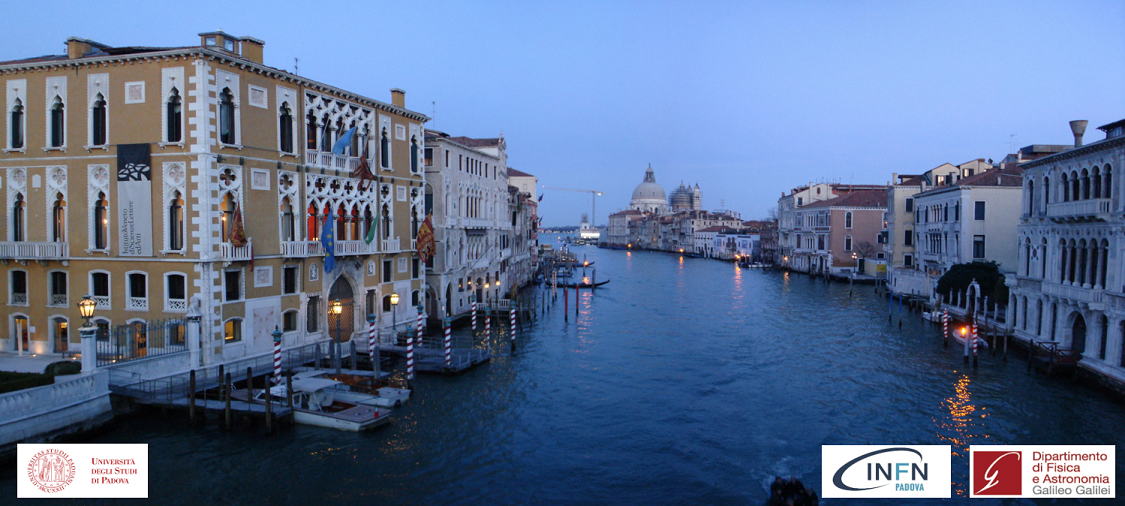Speaker
Description
Three new analyses related using old Kamiokande data recorded in 1987 are reported.
The first analysis is for 11 neutrino events in the Kamiokande-II SN1987A data. It is well known that there is a seven second gap between the 9th and 10th event. It is pointed out that no cosmic ray muon event with a rate of 0.37 Hz was detected during this period. Furthermore, no low-energy background event, which mostly originates from radioactivity with a rate of 0.15 Hz, was detected. The probability of detecting no SN1987A neutrino, no cosmic ray muon, and no low-energy background for this period is less than 0.112%. The possibility that the “seven second gap” was dead time of the Kamiokande-II data acquisition cannot be excluded.
The second analysis is for upward-going muons. High-energy neutrinos from SN1987A were searched for using upward-going muons recorded by the Kamiokande-II experiment and the IMB experiment. Between 1987 August 11 and October 20, and from an angular window of 10° radius, two upward-going muon events were recorded by Kamiokande-II, and also two events were recorded by IMB. The probability that these upward-going muons were explained by a chance coincidence of atmospheric neutrinos was calculated to be 0.27%. This shows possible evidence of high-energy neutrinos from SN1987A.
The third analysis is about a curious upward stopping muon event. The time interval from the previous event, which is thought to be a typical cosmic ray muon, is only 37.48 micro-second. The expected event rate of (cosmic ray muon followed by upward-going muon within 37.48micro-second) is 0.00092 event-pairs/year. It is natural to consider a causal relationship between two events, and such event pairs were searched for in the Kamiokande event sample.

